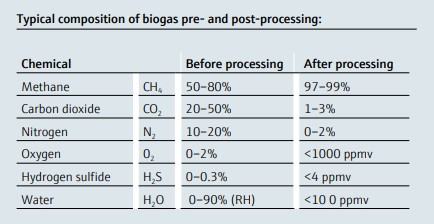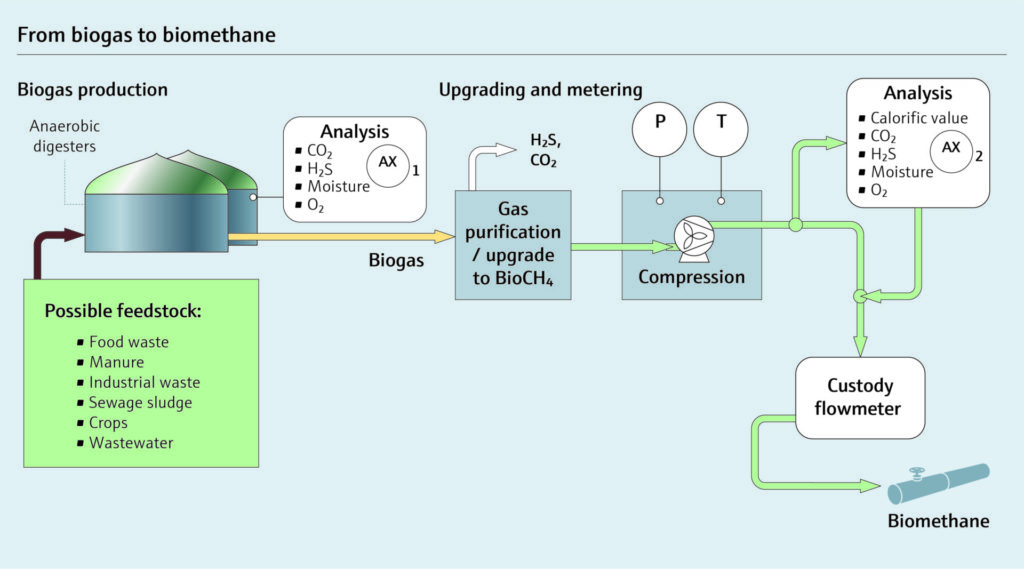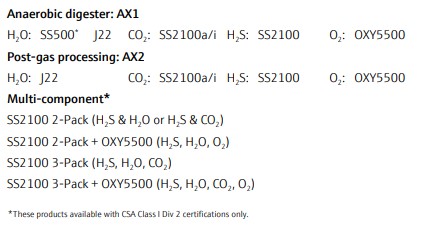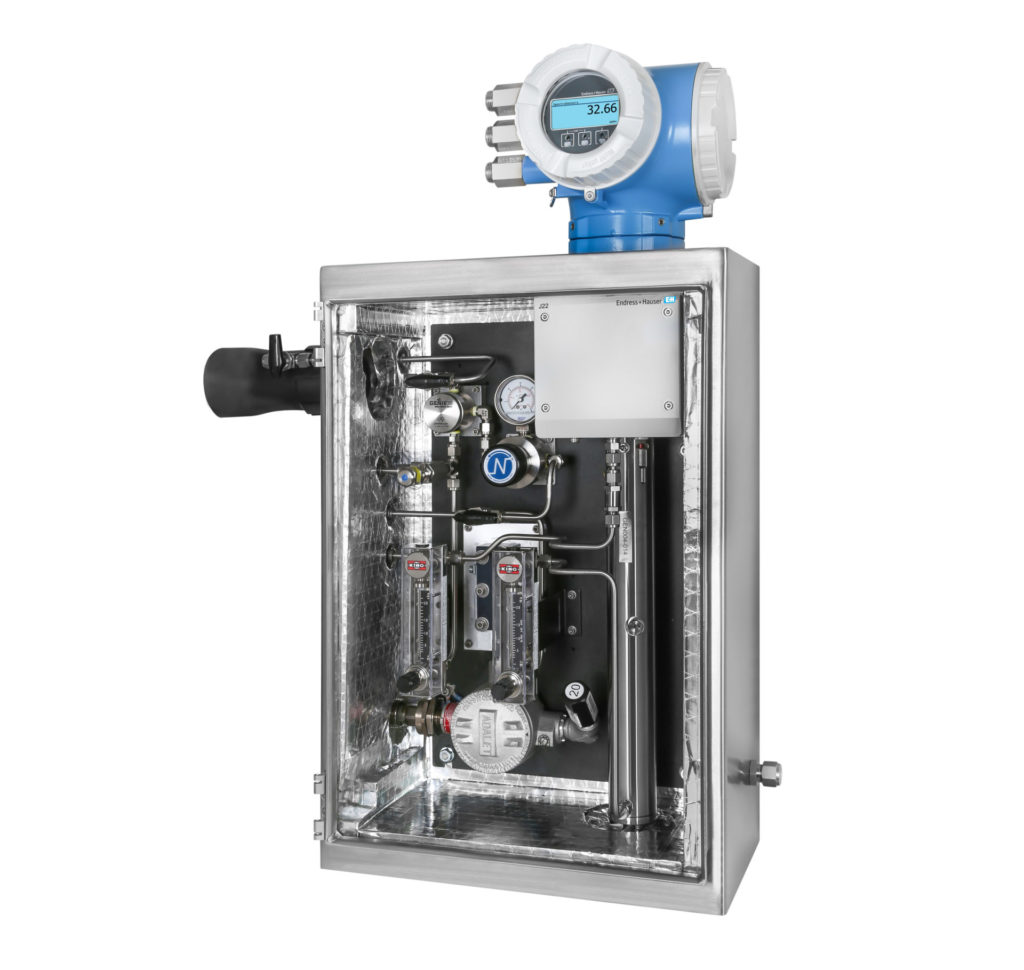Interface Level Measurement in Oil & Gas: Multiparameter and Radiometric
In this series, the first blog post explained the importance of interface level measurement in the oil and gas industry […]
Biogas is on its way to becoming a staple in the movement to reduce our carbon footprint on the planet. Biogas is a renewable source of energy that comes from a variety of sources. Once biogas is formed within the anaerobic digester, it is processed to remove unwanted contaminants such as H2O, CO2, and H2S.
In nature, biogas is formed when organic matter is broken down by bacteria through a natural biochemical process. With the utilization of anaerobic digesters, this natural process is now being replicated by large and small biogas producers.
After biogas is processed, the concentration of methane is 97–99%, earning the name biomethane. Once the gas is processed to biomethane, it is injected into an interconnect pipeline where it is subjected to a custody transfer measurement. During this measurement, the biomethane must meet industry standards and local and regional regulations.

These standards specify the minimum levels of contaminants (H2O, CO2, H2S and O2) allowed in biogas to be injected and mixed into natural gas pipelines. Current industry standards for injection into the pipeline gas by utilities companies are aligned with the regulatory requirements for natural gas pipelines.
If the biomethane meets industry standards, it is then transferred to a transmission pipeline for distribution. The industry standards and governmental regulations are set to keep the public safe and sustain the integrity of the pipeline infrastructure. High levels of contaminants H2O, CO2, H2S and O2 cause corrosion in pipelines and can negatively affect combustion in generators.
The process map shows a simple diagram that exemplifies a basic biogas system. The most common sources of methane are dairy farms and livestock, landfills, and wastewater. (Insert diagram)



Our analyzers employ tunable diode laser spectroscopy (TDLAS) that detects and measures the concentration of molecular compounds (H2O, H2S, CO2) in gas streams. The rugged nature of our laser-based analyzers has allowed them to be used in natural gas pipelines with very little maintenance, no interference, and with no detrimental effects from glycol, methanol, amine, H2S and moisture. Since its inception, this technology has demonstrated its reliability in thousands of installations worldwide.
Our TDLAS-based analyzers require no calibration in the field and the calibration is stable for the life of the analyzer; however, validation of H2O, H2S, and CO2 concentration is simple to perform. For performance specifications, check out the application notes below:
In this series, the first blog post explained the importance of interface level measurement in the oil and gas industry […]
Liquified natural gas (LNG) is a versatile energy source with a growing role worldwide. During custody transfer, quantity can be […]
Discover the top 10 most viewed blogs of 2022 covering challenges and solutions across all industries May 9, 2023 – […]
Comments